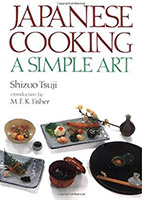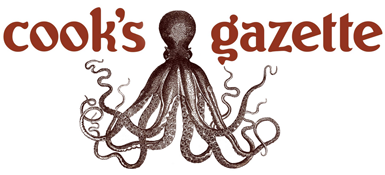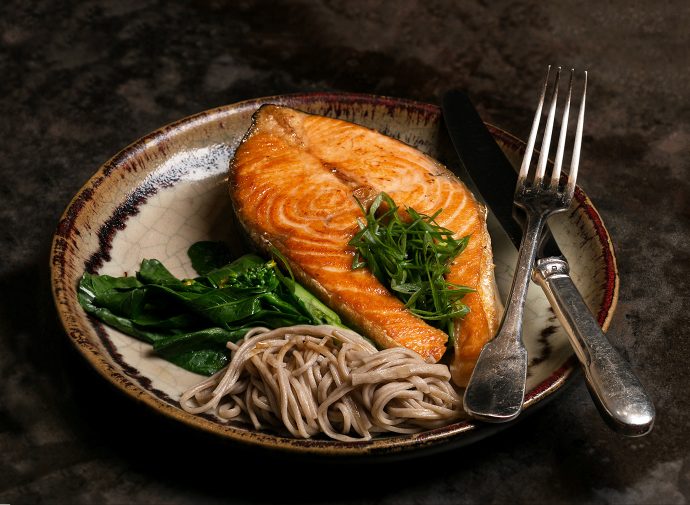 Japanese Cooking: A Simple Art
Japanese Cooking: A Simple Art
Shizuo Tsuji, Kodansha, 1980
In 1980, Shizuo Tsuji released the first edition of his groundbreaking cookbook, Japanese Cooking: A Simple Art. His goal was not merely to present a series of recipes, but to teach the reader how to cook in the spirit of Japan––or as he puts it, to “lay open the heart of Japanese cuisine.” When this book was first published, exposure to real Japanese food was rare. Tsuji felt obliged to warn his readers that while they might find sashimi “unbearably exotic, almost bordering on the barbaric,” they should give it a try to experience its pristine taste!
In order to accomplish his goal, the book is not organized by course, ingredient or season like traditional Western cookbooks. Instead, it is organized by cooking method, the way in which a traditional Japanese meal is planned.
Recipes are grouped according to whether food is raw and pristine (sashimi), grilled (yakimono), steamed (mushimono), simmered (nimono), deep-fried (agemono), or vinegared (sunomono). At a formal banquet, a kaiseki meal, the diner begins with Lilliputian-sized offerings of zensai, similar to a French chef’s amuse bouche. After this comes a clear soup (suimono) and sashimi. Then there is a parade of courses based on cooking method. The last course will always include the same elements: rice, soup and pickles, followed by green tea and fresh fruit. Tsuji illustrates each of these classic cooking methods with specific recipes.
Recipe
Sake Nanban-yaki: Pan-Seared Salmon

